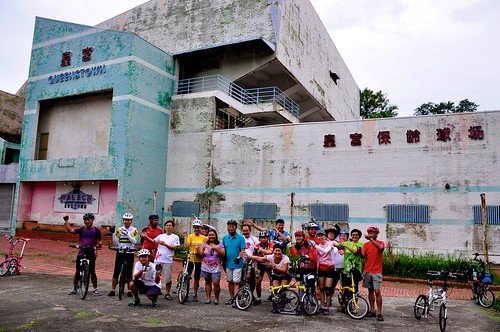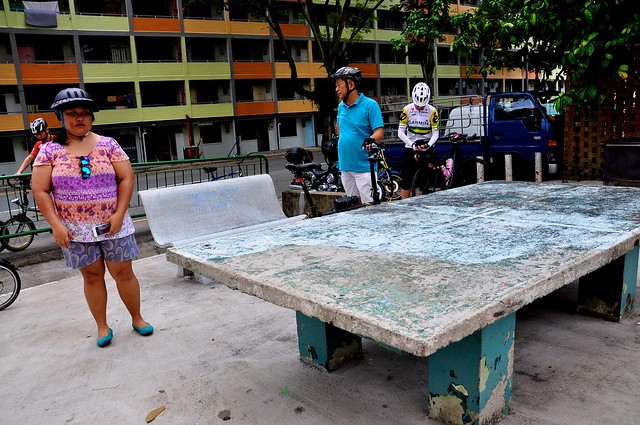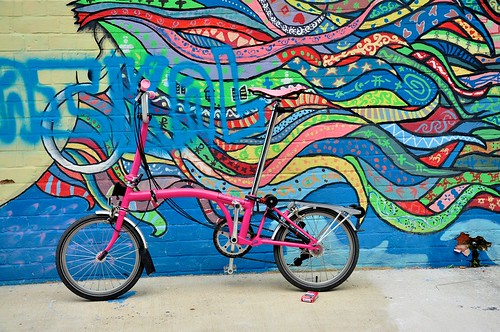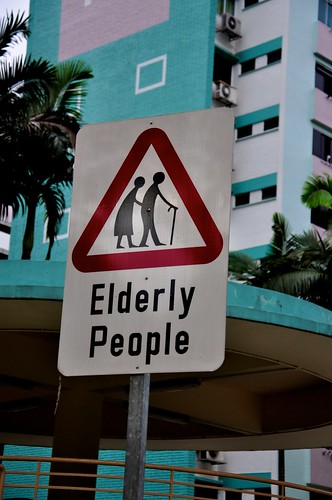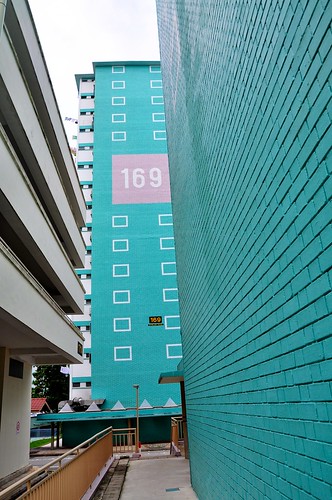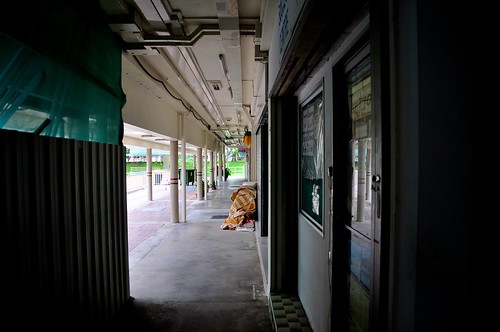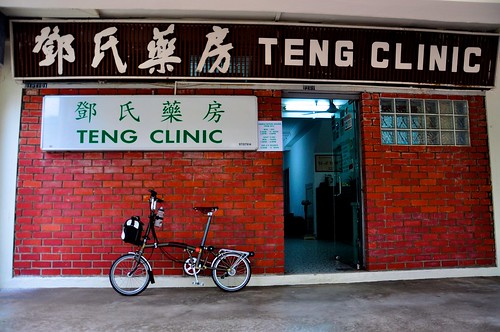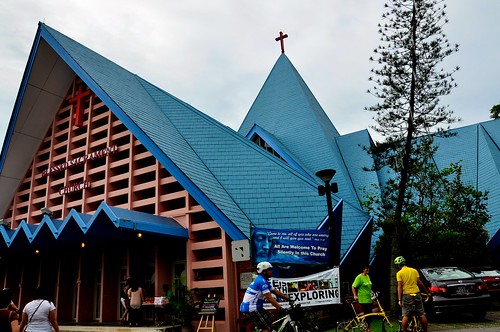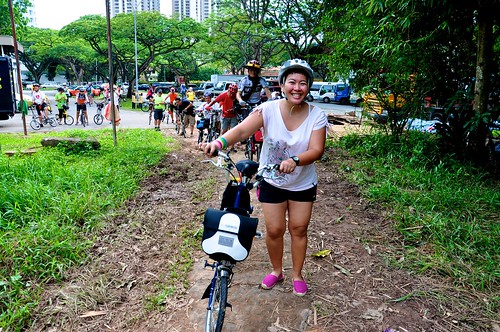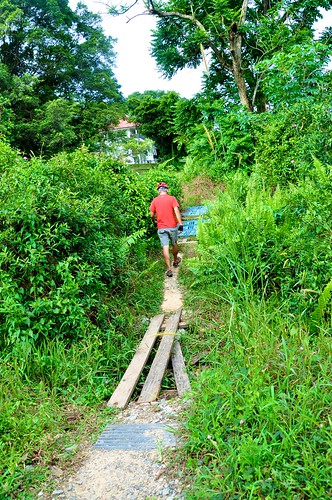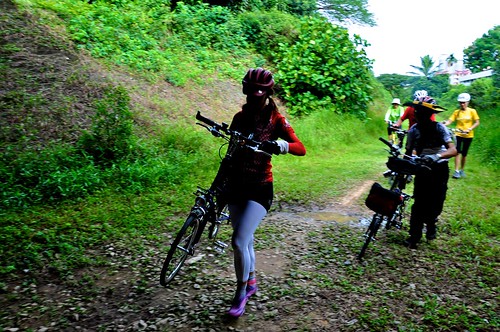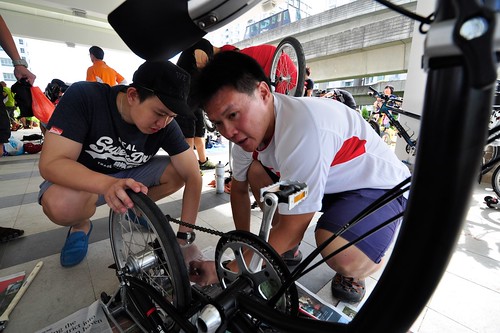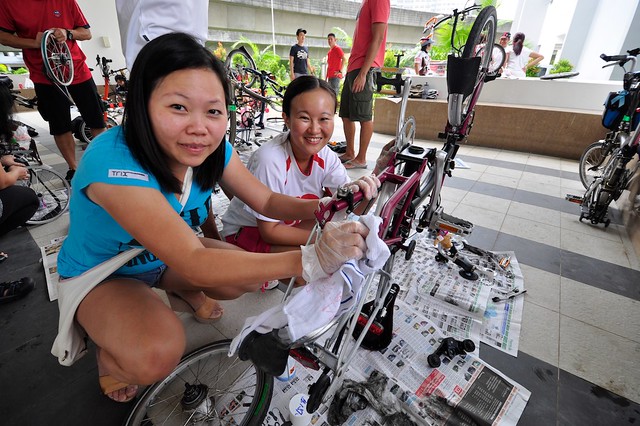 |
| Smiling and abit sweaty.. but definitely a healthy choice! |
Cycling to work seems to be a very foreign concept in Singapore. But I know it is changing... helped of course by the sky high COE and increasingly unreliable public transport....
I was pleasantly surprised to meet Swee Chay at the traffic junction while I walked from IMM carpark(yes, I am sad pathetic guy who drives.. dude.. I stay in Punggol and have to drop my kid.. what do u think??) to my workplace at Dell IBP.
Swee Chay has recently been mixed commuting(cycle and jog) to work. His choice of bike is the normal Carrefour bicycle with a big basket on the front. It is not pretty but it certainly works. Looking at his smiles, I think he is making a damm good choice! Ride on sir!
 |
| MTB equipped with fenders front and rear plus a big basket |
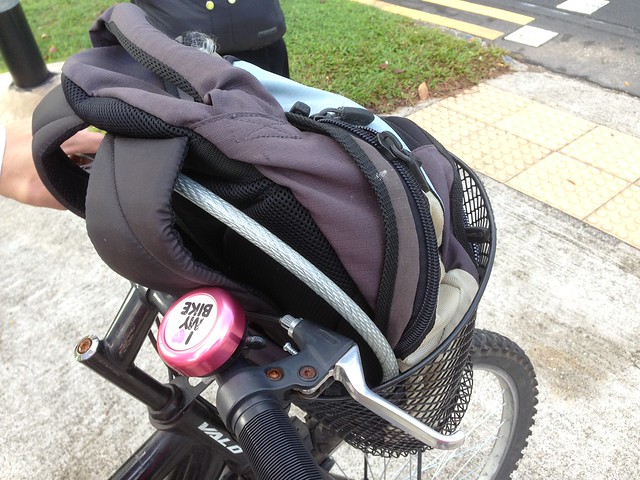 |
| "Tar Glamm" ?? But it bloody hell works! |
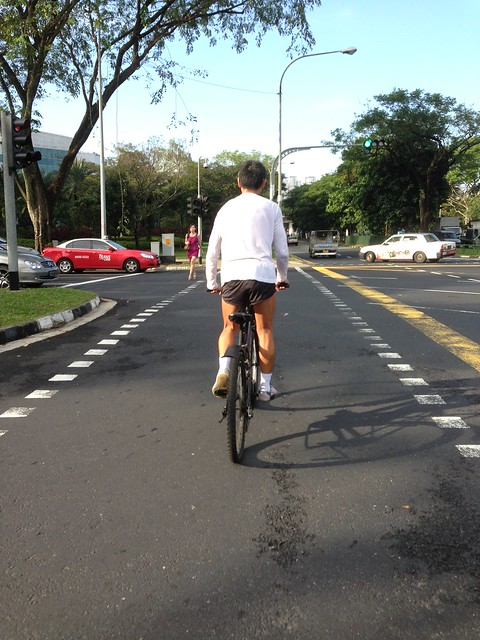 |
| Green man and he poodles along.. look at those leg muscles! |
